
We love Kio Yamato frames. The quality and craftsmanship of each eyeglass is incredible. These are truly beautiful pieces of art that you can wear.


We love Kio Yamato frames. The quality and craftsmanship of each eyeglass is incredible. These are truly beautiful pieces of art that you can wear.
We love how Lafont Paris has incorporated the use of carbon fiber into their 2014 eyeglasses.
Many years ago, Dennis Kamakahi’s music with the Sons of Hawaii kept me warm on a number of cold Oregon night, FAR AWAY. Aloha… & Thank You. RIP.
Just because you have astigmatism doesn’t mean you can’t be comfortable in contact lenses. Introducing AIR OPTIX™ for ASTIGMATISM — a breathable contact lens* that offers excellent comfort and crisp, clear, consistent vision to help satisfy the unmet vision and comfort needs of astigmatic patients.
Made of a revolutionary silicone hydrogel material, AIR OPTIX for ASTIGMATISM offers the highest oxygen transmissibility of any available soft toric lens, so eyes can stay whiter, healthy-looking and comfortable, no matter how long lenses are worn each day.
AIR OPTIX for ASTIGMATISM offers the breakthrough Precision 8|4™ design, which helps minimize the interaction between the lens and the lower lid for excellent comforti. The lenses also feature a patented surface treatment to help resist deposits, which can be a problem for some contact lens wearers, and are easy to handle.
No matter what your day holds, with AIR OPTIX for ASTIGMATISM, you can count on steady vision, high levels of comfort and benefits for the health of your eyes.
AIR OPTIX for ASTIGMATISM lenses are approved for daily wear and up to 6 nights of extended wear, and are recommended for monthly replacement.
Don’t settle for less or give up on contacts just because you have astigmatism. Make an appointment today and we’ll help determine if AIR OPTIX® for ASTIGMATISM contact lenses are right for you.
Astigmatism is a vision disorder in which the cornea is irregularly shaped thereby preventing light from being properly focused on the back of the eye. This results in distortion or blurry vision and may be corrected by eyeglasses or contact lenses.
Take a look at how 1•DAY ACUVUE® MOIST® Brand Contact Lenses use exclusive LACREON® Technology to create a fresh lens feeling all day long.
Daily disposable contacts are perfect for patients who don’t like to clean their lenses. You simply throw them away at the end of the day and put on a fresh pair in the morning.
Daily disposable contact lenses are ideal for patients who seldom wear their contacts, whether it be only on the weekends or when participating in a sporting activity. Rather than having them sit in a contact lens case for days at a time, daily disposable contact lenses offer the benefit of throwing them away after every use.
Many patients, while understanding the advantages of daily disposable lenses, are concerned about the higher cost of these contacts. In reality, when factoring in the cost of contact lens solutions, re-wetting drops, and contact lens cases, the price difference is fairly minimal.
Getting harder to see the small print? It’s called presbyopia. And everybody gets it. Acuvue’s latest multifocal disposable contact lens design combines the best contact lens technologies, so you can enjoy clear vision, near, far and in between. Ask us if STEREO PRECISION TECHNOLOGY™ from ACUVUE® Oasys for Presbyopia contact lenses are right for you or call us at 1-808-949-2662.
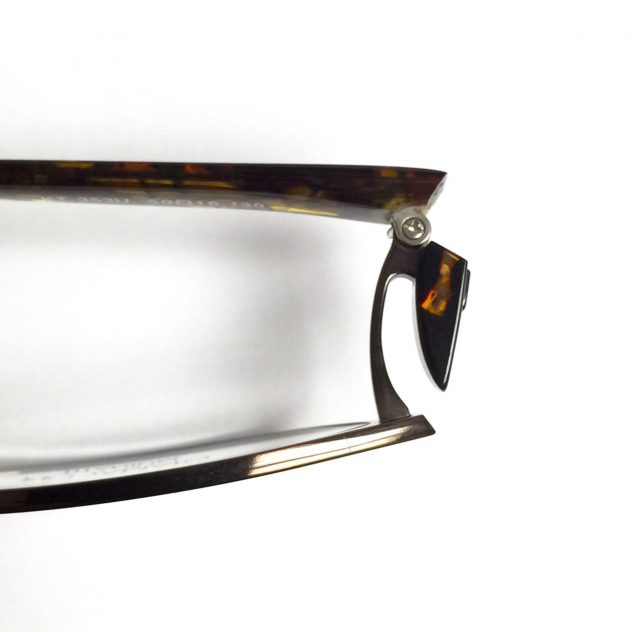
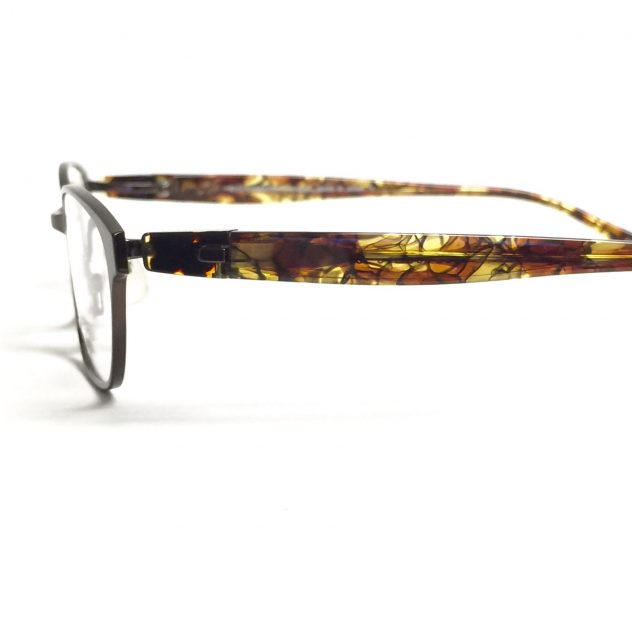
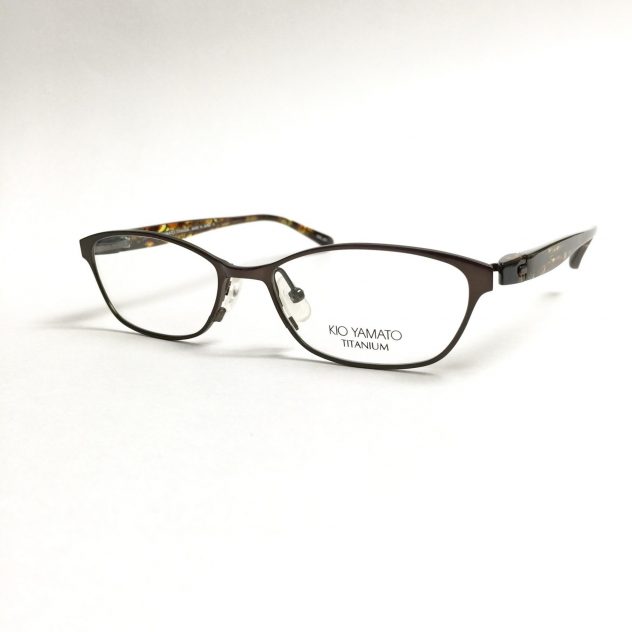


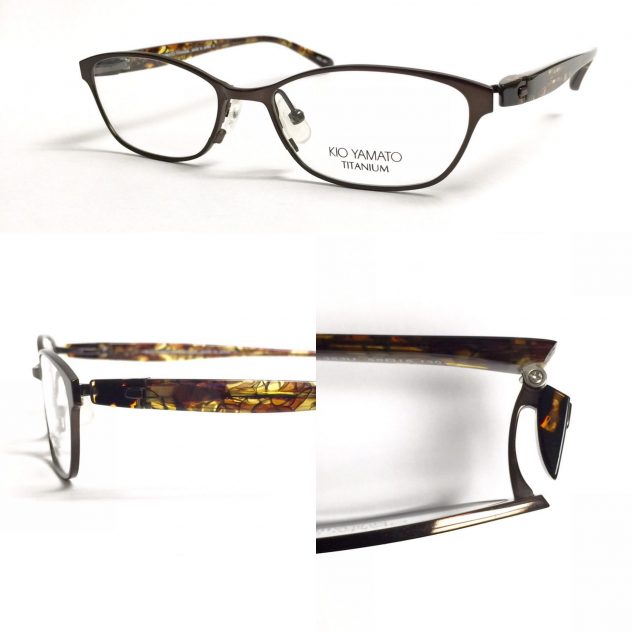
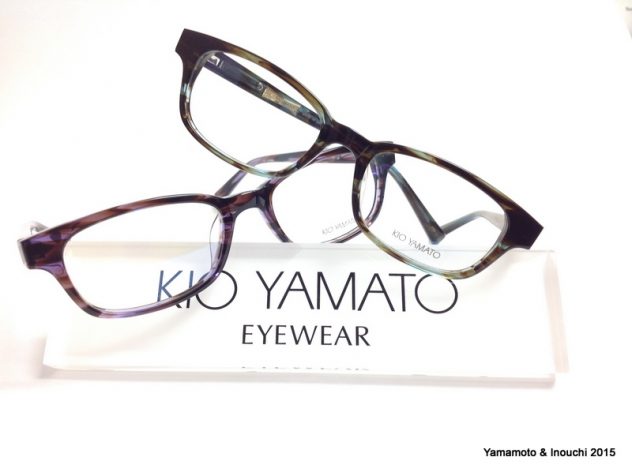

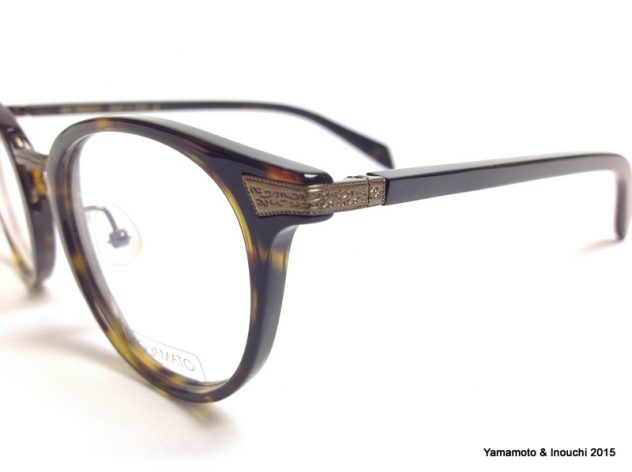
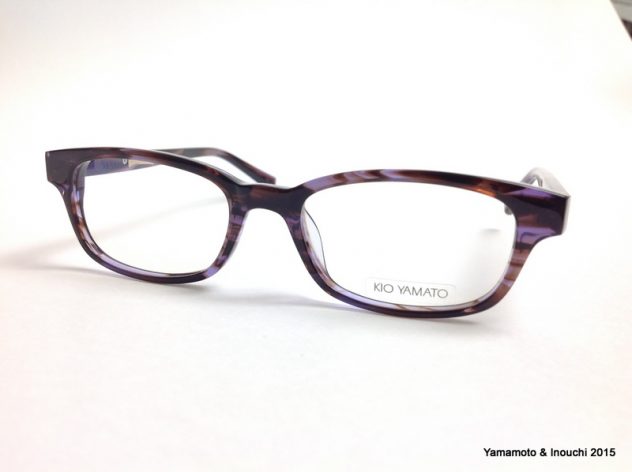
Kio Yamato makes some incredible eyeglasses. The hinges are incredible pieces of titanium ART. These hinges are made of titanium (light weight), do not have springs and will not rust in the island air. If you’ve gotta wear something on your face all day…. why not some art? Plus, when you wear ‘um…these hinges feel comfy.
Eww, you’ve got earworms.
“Happy” is a song performed by Pharrell Williams, from the Despicable Me 2 soundtrack.
We will be closed on March 26, 2014 for the Prince Kuhio Day Holiday. We will reopen our office on Friday, March 28, 2014.
Now for some slack key music from Rev. Dennis Kamakahi.
Support Kamakahi via this page.
Rev. Dennis Kamakahi from fretboardjournal on Vimeo.
With Varilux© Physio©, Varilux© brings the corrective power of wavefront, similar to the technology used in laser surgery, to progressive lenses.
After years of research, Varilux has developed an innovative design and manufacturing process W.A.V.E. Technology which literally corrects progressive vision to deliver the sharpest progressive vision.Sharp vision has two key components: Visual acuity and contrast sensitivity. By dramatically reducing or eliminating higher order aberrations, Varilux Physio delivers an improvement in contrast sensitivity the ability to see visual details and colors by up to 30%. Varilux Physio is the only lens proven to increase contrast sensitivity in all fields of vision.
The result is an advanced general-purpose lens that delivers unsurpassed progressive performance to all presbyopes. Bring patients even closer to real world vision with optimal clarity, depth and dimension with Varilux Physio.